The Book Of Boba Fett is Disney Plus' latest Star Wars adventure and follows Boba Fett and Fennec Shand as Fett took his place as Mos Espa's Daimyo and together they claimed Jabba's Palace as their own. Surprisingly, for a story grounded on Tatooine, the show features some fantastic references to the greater Star Wars universe, much to the joy and excitement of fans old and new.
From shocking unexpected character returns to setting up the Star Wars sequel trilogy, The Book Of Boba Fett truly put some building blocks in place for future movies and shows to expand upon, as well as answering some huge Star Wars questions fans have pondered over for years - and it delivered on them in some incredible ways.
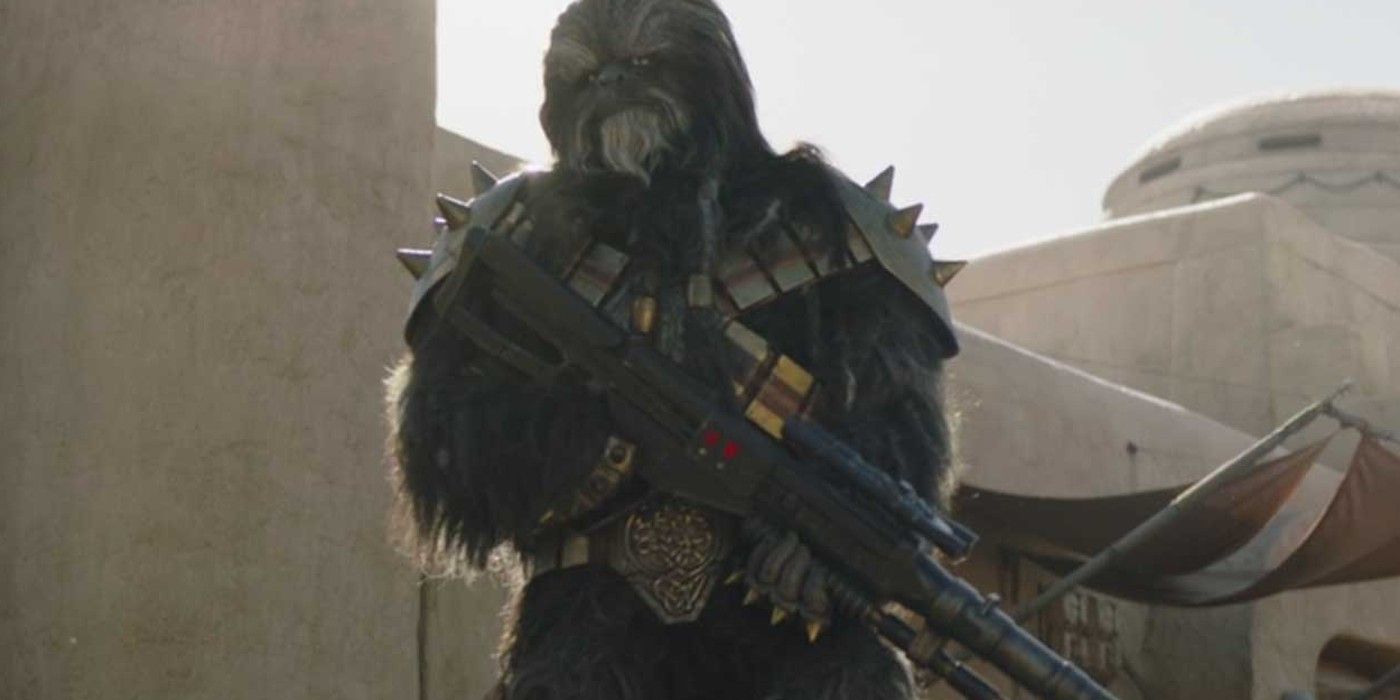
For the first time in Star Wars history, Black Krrsantan, a Wookiee gladiator who escaped from his home planet Kashyyyk, made his on-screen debut in glorious live-action. Black Krrsantan was first seen in Darth Vader #1 in 2016, and many fans know of his history with Boba Fett.
As comic fans knew, both Fett and Krrsantan have worked together already, so seeing him work with Boba in live-action is an unexpected but welcome surprise. Furthermore, Krrsantan has battled Obi-Wan Kenobi in the comics, where he was slashed by Kenobi's lightsaber which gave Krrsantan a scar that can be seen in The Book Of Boba Fett, an amazing added detail.
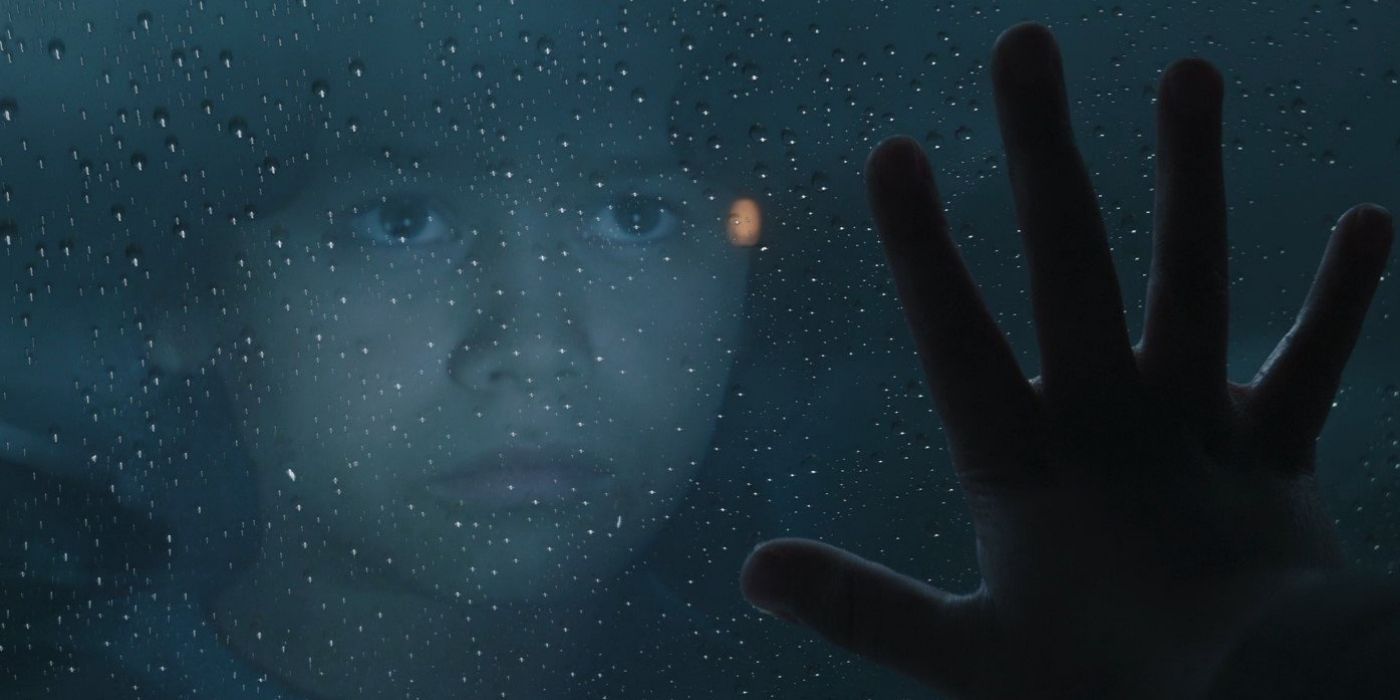
As many long-time Star Wars fans know, Boba Fett is actually a clone of his father Jango Fett, alongside millions of other clones that formed an army for the Jedi. This cloning process was performed on the planet Kamino, and as a reward for contributing himself, he was given Boba Fett, an unaltered clone, to raise as a son.
It was on Kamino where fans first saw a young Boba Fett in the movies, so it's no surprise that the show flashed back to this important moment. Although brief, it quickly manages to sum up Boba's special relationship with Jango, despite being a clone too.
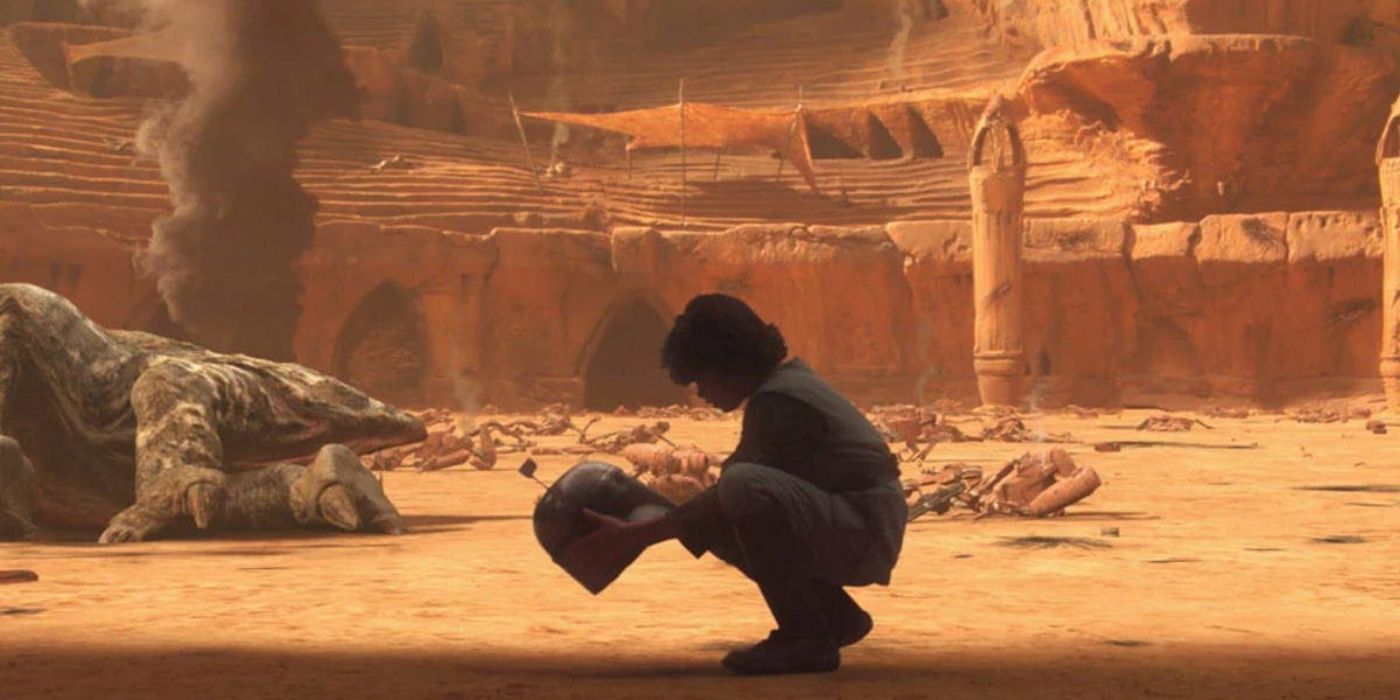
Often described as Star Wars' most brutal scene, The Battle Of Geonosis was a huge fight between the Galactic Republic and the Separatist Alliance that resulted in the beginning of the Clone Wars. During the battle, Jedi Mace Windu decapitated Boba's father, Jango Fett.
This Attack of the Clones flashback focused on the moment Boba found his father's decapitated head after the grisly battle, an important moment in his development as a character. Similar to the Kamino flashback, it briefly highlights Boba's relationship with his father, and reminds fans of his complex and devastating history.
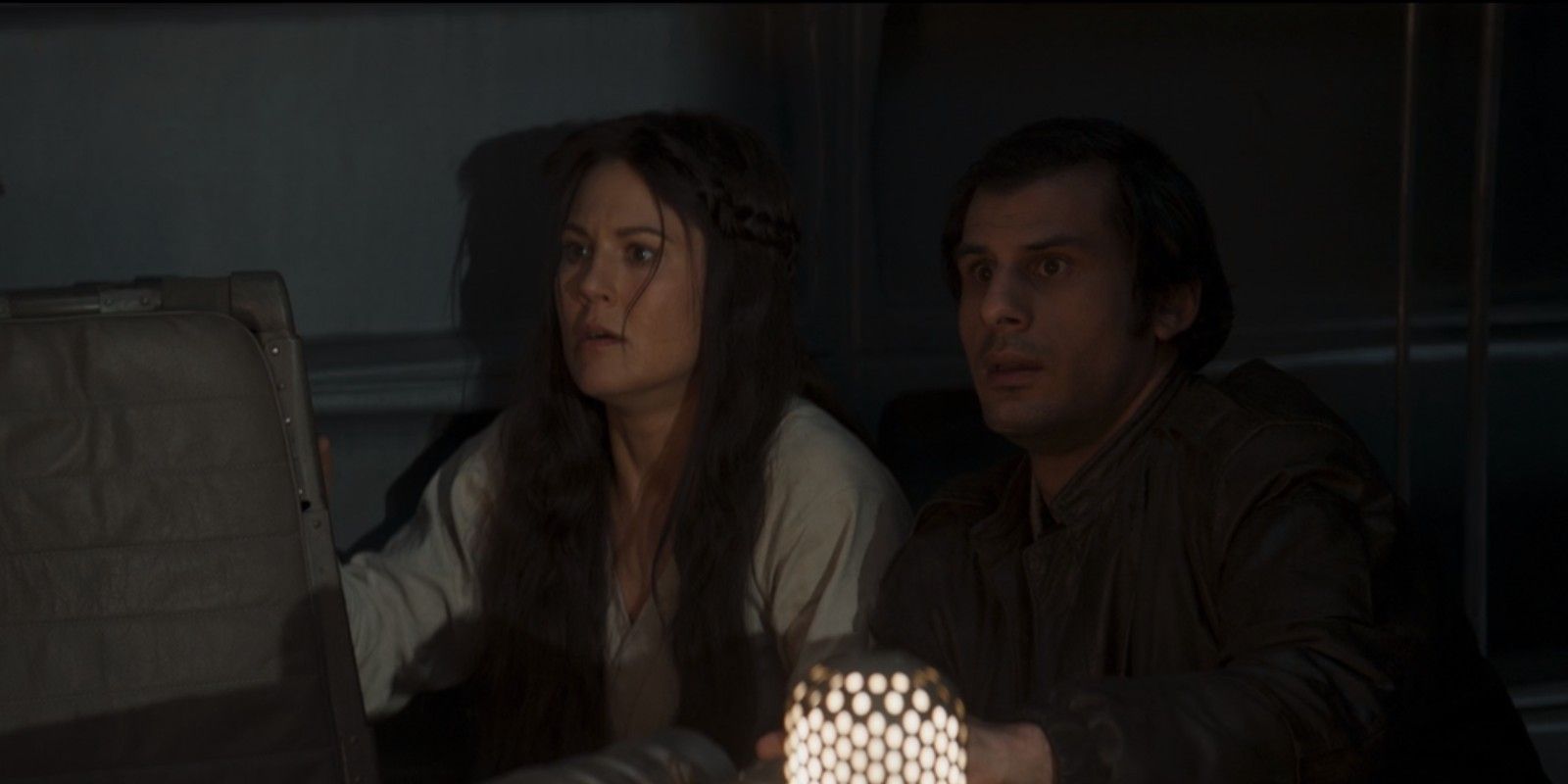
One of the most surprising references in The Book Of Boba Fett involves a deleted scene from A New Hope, where Luke Skywalker's friends Camie and Fixer are briefly introduced into the Star Wars canon.
Only die-hard Star Wars fans would have caught onto this reference, and it is one of the most unexpected Star Wars cameos yet due to the characters only being seen in a single deleted scene. Nevertheless, this was a very subtle and neat reference that helps connect the previous and possibly unforgotten moments of Star Wars with the modern-day movies and shows.
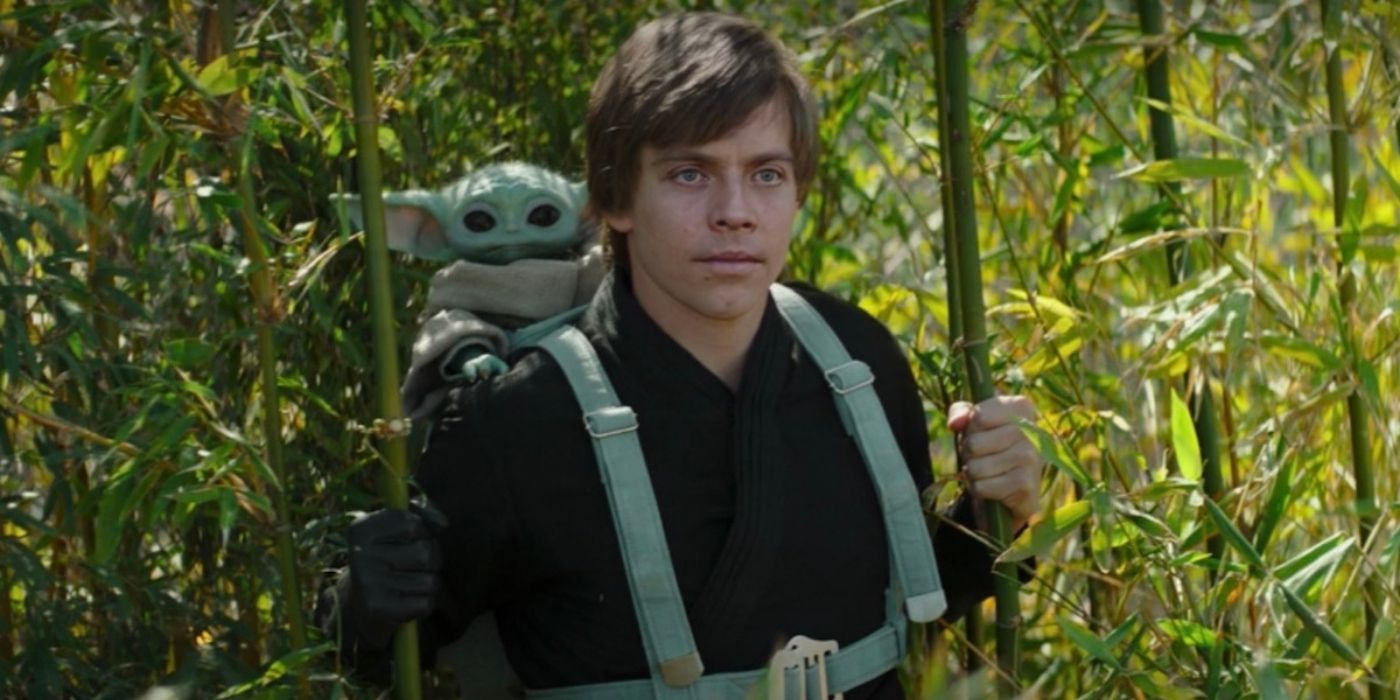
Episode 6 of The Book of Boba Fett is really a Mandalorian episode, and it finally shows Grogu training with legendary Jedi master, Luke Skywalker. During the story, it's hard not to notice the major similarities between Luke's training methods and his mentor Yoda's teachings.
Throughout Star Wars, Master Yoda has been well-known for his inspiring quotes, two of which Luke repeats to Grogu in his own way - "don't try, do" and "size matters not." These quotes, as well as the similar way that Luke trains Grogu just as Yoda trained him, show that Yoda's impressive legacy throughout Star Wars has remained strong, and has even come full circle, with Luke becoming the teacher.

Another live-action debut happened on the show, this time of the terrifying and infamous bounty hunter, Cad Bane. The alien bounty hunter has had a long, tense history working alongside Boba Fett, and The Book of Boba Fett's finale finally concludes their feud.
Interestingly, much of Fett's and Bane's rivalry hasn't been seen on screen but simply implied, and this surprise reunion could set up some potential season 2 episodes exploring their extensive past and answering some big fan questions.
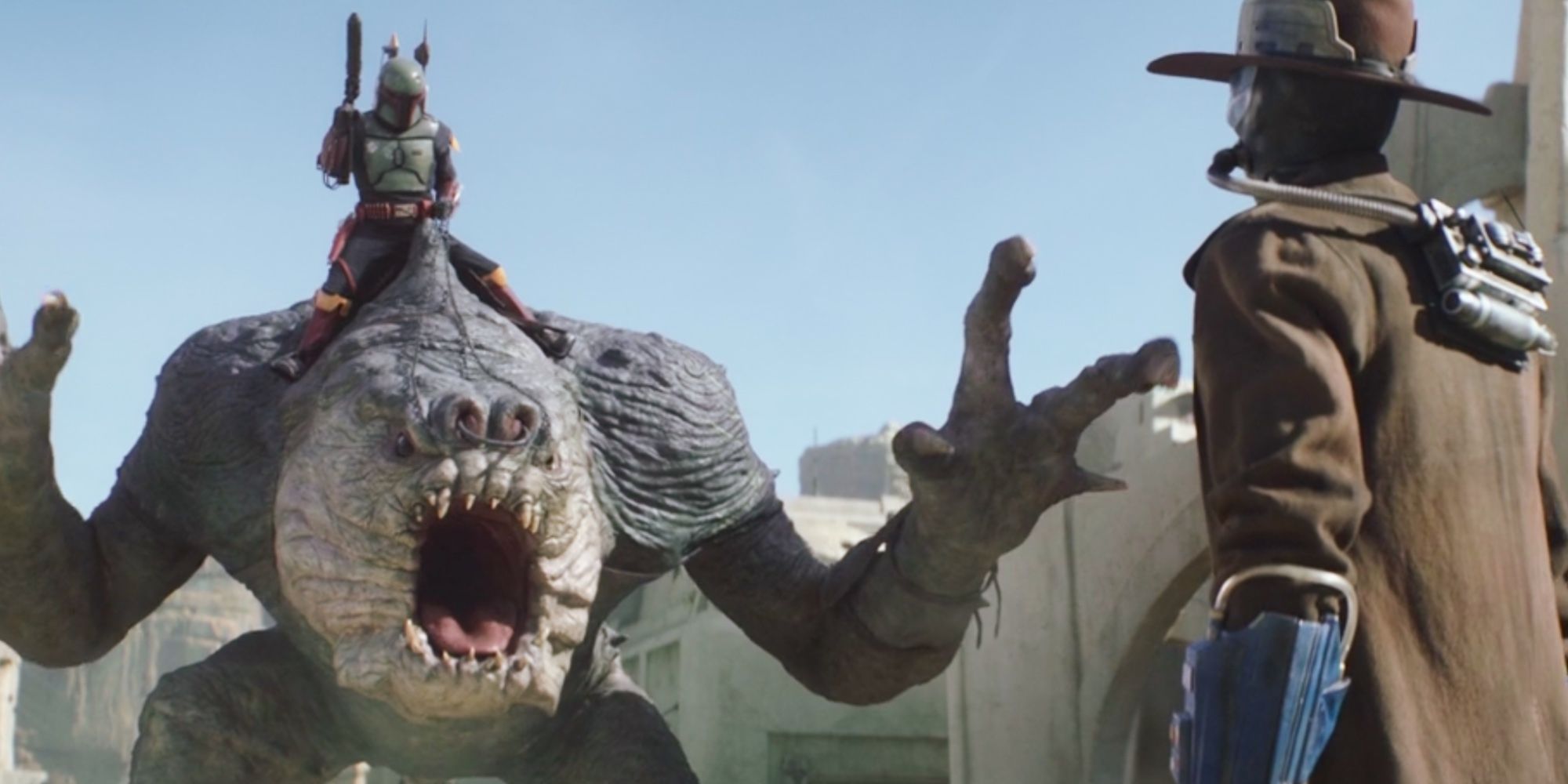
When Boba Fett rode his rancor in the final battle of the show, it looked strikingly reminiscent of the animated 1978 Star Wars Holiday Special - which featured the first appearance of Boba Fett.
In this holiday special, Boba Fett was seen riding another giant creature in a similar way to how he rode the rancor. It seems fitting that Boba Fett's first appearance mirrors his most triumphant moment, defending the people of Mos Espa, and shows how far his character has come over the course of the Star Wars franchise.
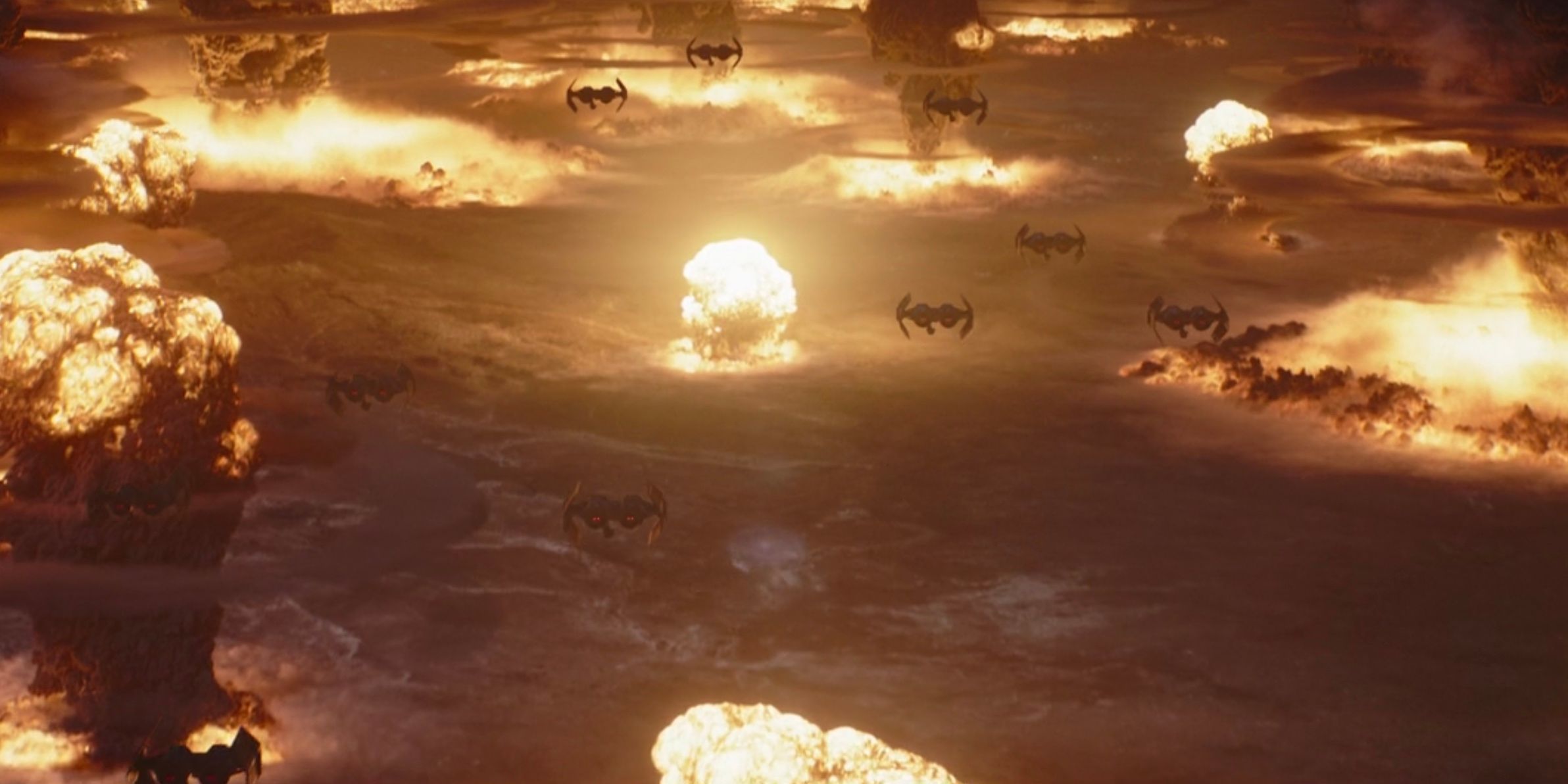
When talking to the Armorer in episode 5 of The Book of Boba Fett, Din Djarin learns more about the Purge of Mandalore, and viewers are treated to multiple flashback scenes that show Mandalore's brutal destruction.
These flashbacks reference the dark history of Mandalore and explain more about why the surviving Mandalorians went into hiding. Fans are hoping that The Mandalorian season 3 delves deeper into Mandalore's rich history, and this neat reference could be a teaser for what is to come.
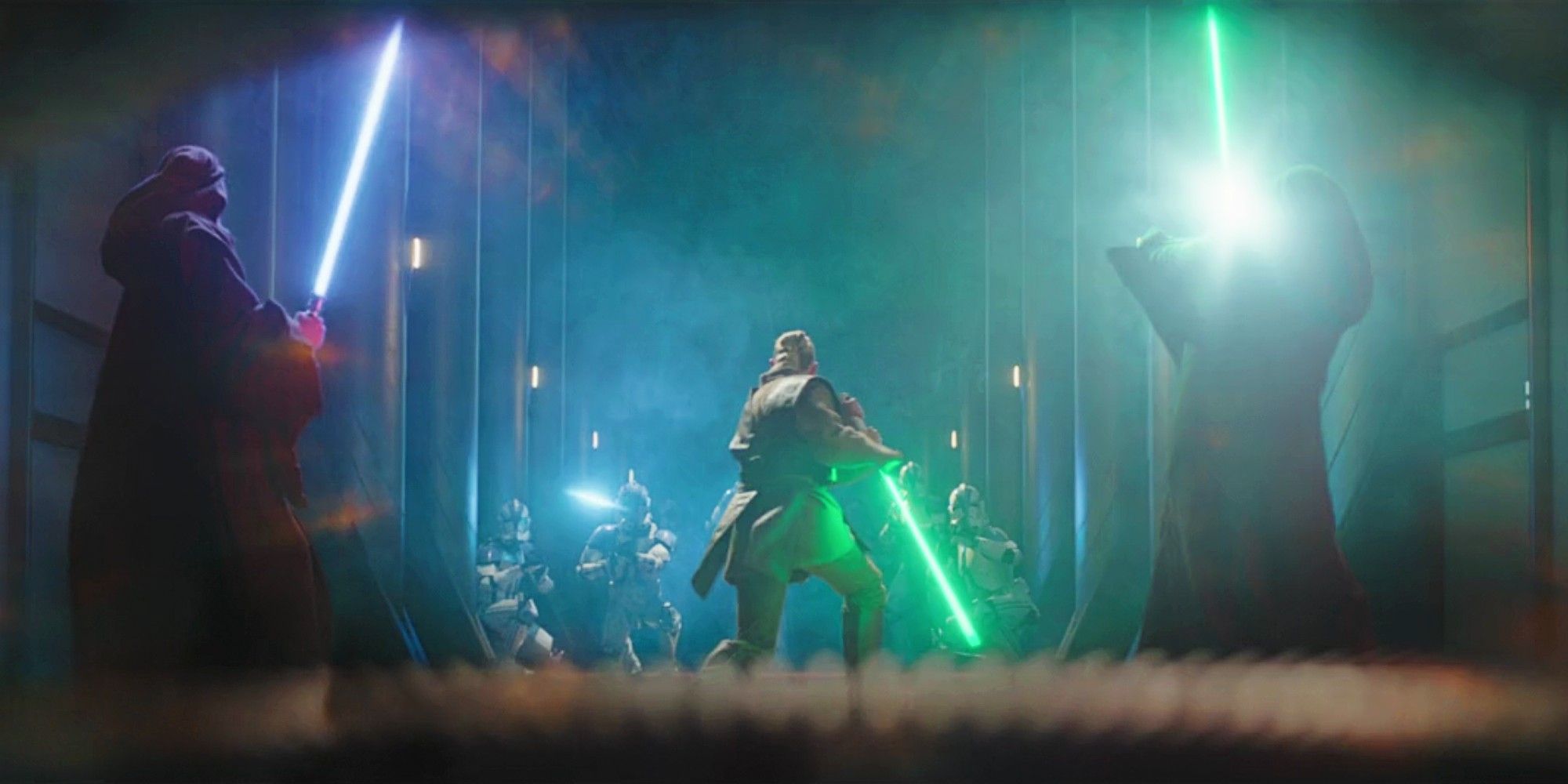
Since Din Djarin met Ahsoka Tano in The Mandalorian season 2, fans have known that Grogu was present during the devastating Order 66 on Coruscant, however, Grogu has no memory of it. Fortunately for the audience, Luke Skywalker restores Grogu's memory, and everyone sees his perspective of the event.
In the scene, we see three Jedi trying to protect Grogu but failing, falling to the ground as the clone troopers march towards him. Something the flashback fails to explain is who saved Grogu from meeting the same unfortunate fate as the other Jedi. Fans have their theories, as there are many Jedi survivors who could have saved Grogu from Order 66. Viewers are hopeful that we will finally get the answer to this mystery in The Mandalorian's third season, and even more revelations about Grogu's history before and after Order 66.
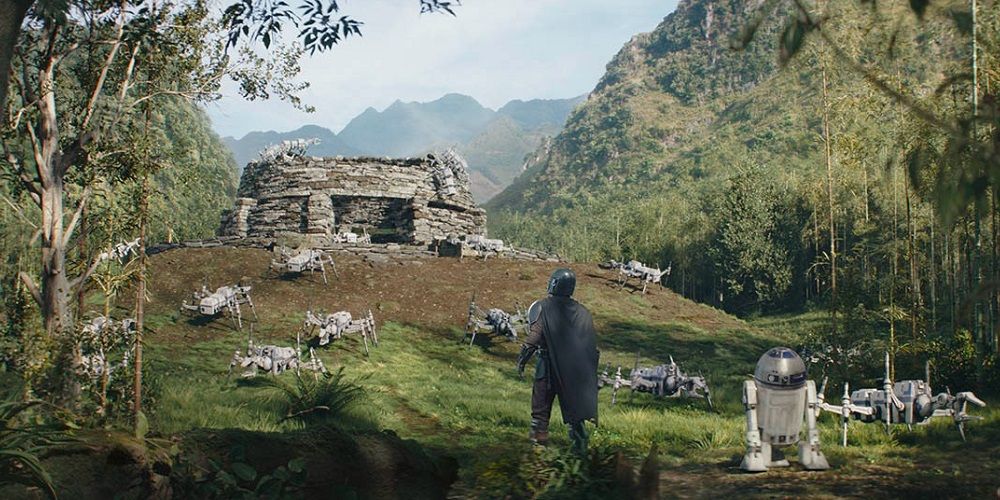
One of the best references to the bigger Star Wars story can be seen when Din Djarin flies to visit Grogu in episode 6 of The Book of Boba Fett. Here, fans can see that Luke Skywalker is assembling his own Jedi School - the same school that Kylo Ren would later destroy.
This is an interesting reference, as it sets up the future Star Wars sequel trilogy that viewers have already seen. The jump from the original trilogy to the sequel trilogy was very sudden and controversial, as there were not many setups or clues, making them feel very distant and rushed. The Mandalorian and The Book of Boba Fett are both set between the two trilogies, so it's great to see the shows connecting the movies together and explaining how things came to be. This school was a significant part of the dark sequel trilogy and was the reason behind Luke refusing to train anyone else in the ways of the force - and why he exiled himself - so seeing it being built in the show is both exciting and haunting.
Comments
Post a Comment